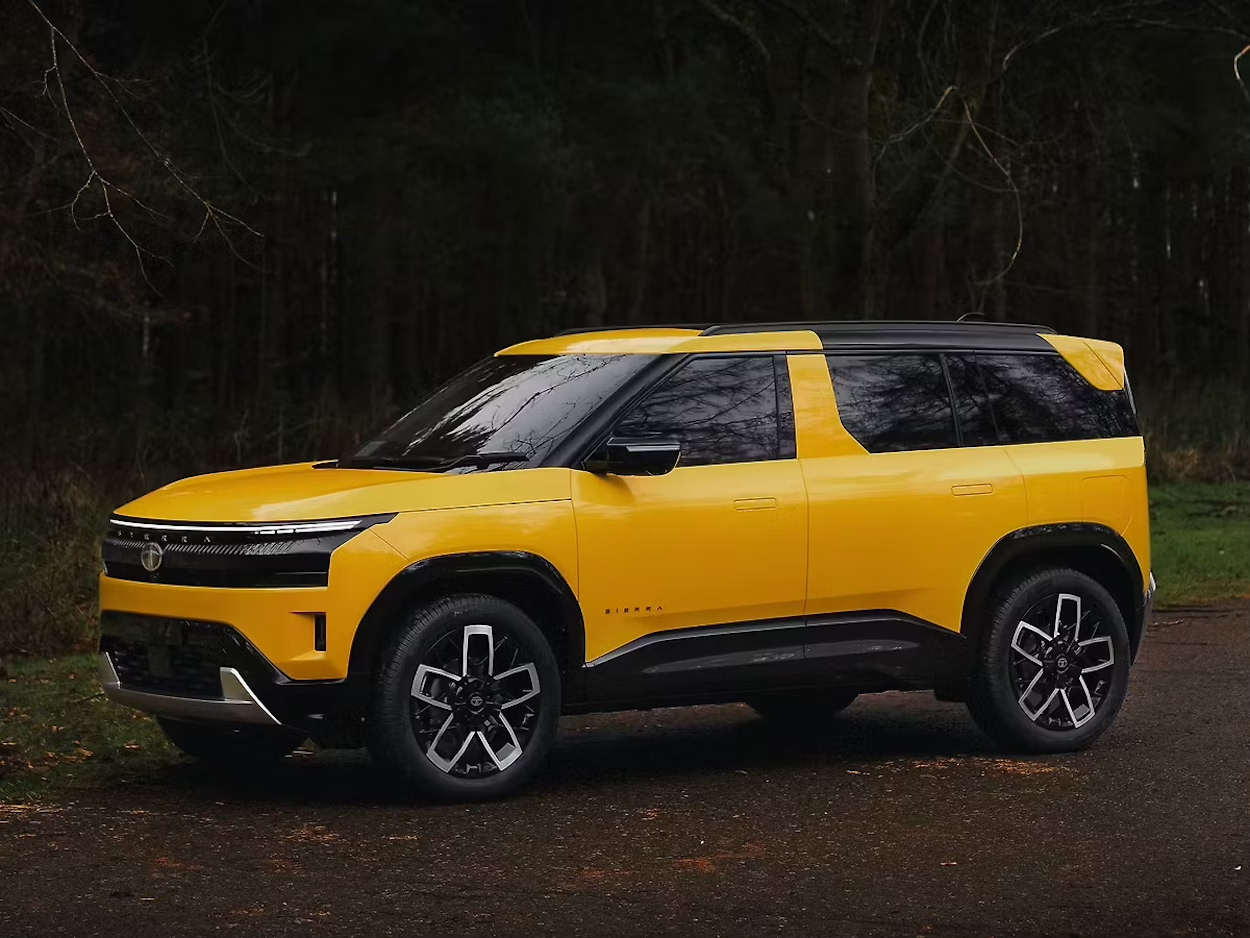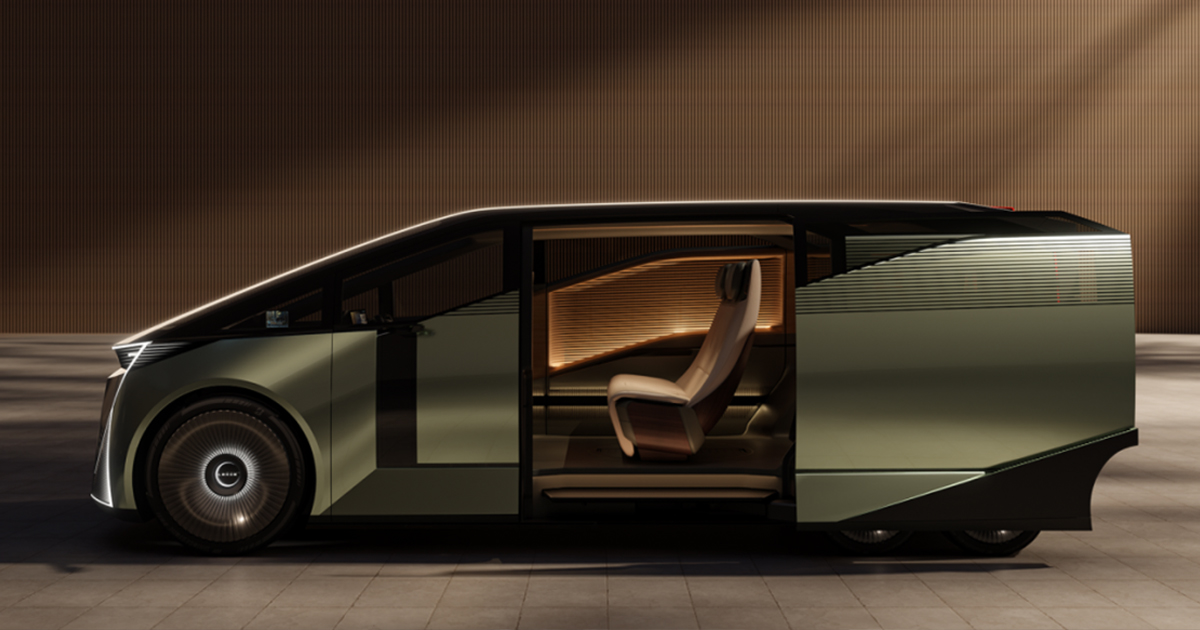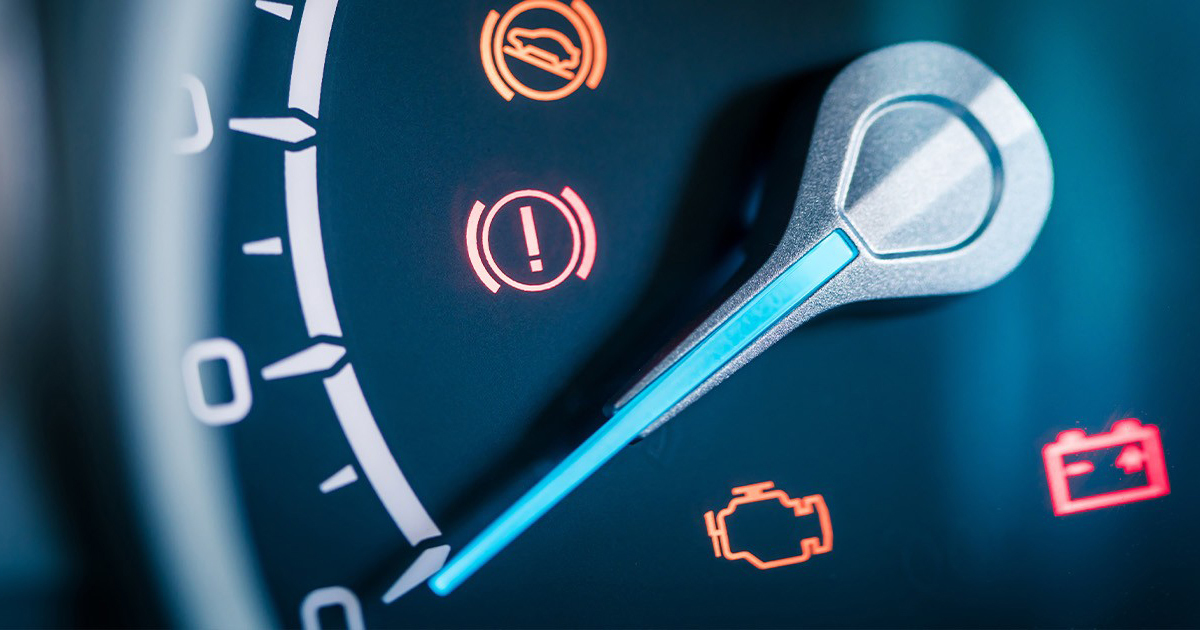India’s biking culture is evolving, and long-distance riding is no longer limited to just the hardcore adventurers or premium motorcycle owners. From weekend getaways in the Western Ghats to solo rides through Rajasthan’s desert highways, the idea of hitting the open road is gaining momentum across India’s growing middle-class biking community. And this passion is being powered by an entirely new category — affordable long-distance bikes that deliver both comfort and mileage.
In 2025, riders want more than just a machine that moves. They want comfort, reliability, and strong fuel efficiency. For regular commuters who also enjoy the occasional 300–500 km trip, and for budget-conscious travelers who want to explore without breaking the bank, the market is now full of options under ₹2 lakh that check all the right boxes.
These bikes are not just daily workhorses, they’re engineered to cruise efficiently, offer excellent highway stability, and save you money with every kilometer. In this guide, we bring you the Best Bikes for Long Distance Rides in India 2025 Under ₹2 Lakh, covering top machines that offer touring comfort, fuel economy, and trusted on-road performance — all without needing to spend a fortune.
Top 7 Best Bikes for Long Distance Rides in India 2025 Under ₹2 Lakh
Looking for the Best Bikes for Long Distance Rides in India under ₹2 Lakh?
These bikes offer the perfect balance of fuel efficiency, ride comfort, and highway-ready performance, ideal for commuters and tourers alike in 2025.
- Bajaj Pulsar N250 – Smooth, torquey engine built for cruising and overtaking with ease.
- TVS Apache RTR 200 4V – Feature-loaded performer with upright posture and refined ride.
- Honda Unicorn 160 – Ultra-comfortable and reliable choice with great mileage and minimal vibrations.
- Yamaha FZ-S FI V4 – City-to-highway crossover bike with efficient engine and excellent control.
- Hero Xtreme 160R 4V – Lightweight yet powerful; great for moderate touring and daily commutes.
- Suzuki Gixxer 250 (Base Trim) – Touring-friendly engine and premium feel under ₹2 lakh (in offers).
- Bajaj Avenger Street 160 – Budget cruiser for relaxed road trips with a laid-back seating posture.
Each of these Best Bikes for Long Distance Rides combines value, fuel economy, and practical features for Indian roads.
Let’s break down what makes each machine perfect for your next big journey.
1. Bajaj Pulsar N250 – Smooth Power Delivery, Stable at Highway Speeds

The Bajaj Pulsar N250 is a standout machine for long-distance rides under ₹2 lakh. Designed for comfort and highway cruising, it features a 249.07cc oil-cooled engine that produces 24.5 PS of power and 21.5 Nm of torque. The gear ratios are tuned for real-world usability, making overtakes on highways effortless.
Long-Ride Features: Wide split seat, comfortable upright posture, 14-litre fuel tank, slipper clutch, and telescopic front fork with a rear mono-shock ensure stability and ride comfort.
Mileage: Around 38–42 kmpl (real-world)
On-Road Price (2025): ₹1.60–1.65 lakh approx.
Pros:
- Excellent high-speed stability
- Relaxed ergonomics
- Aggressive looks
Cons:
- Slightly lower mileage
- Not ideal for short-statured riders
Why It’s Built for Distance: The torquey engine, cushioned ride, and good wind resistance make it perfect for highway cruising at 90–100 kmph all day.
2. TVS Apache RTR 200 4V – Race-Tuned Power, Touring Comfort
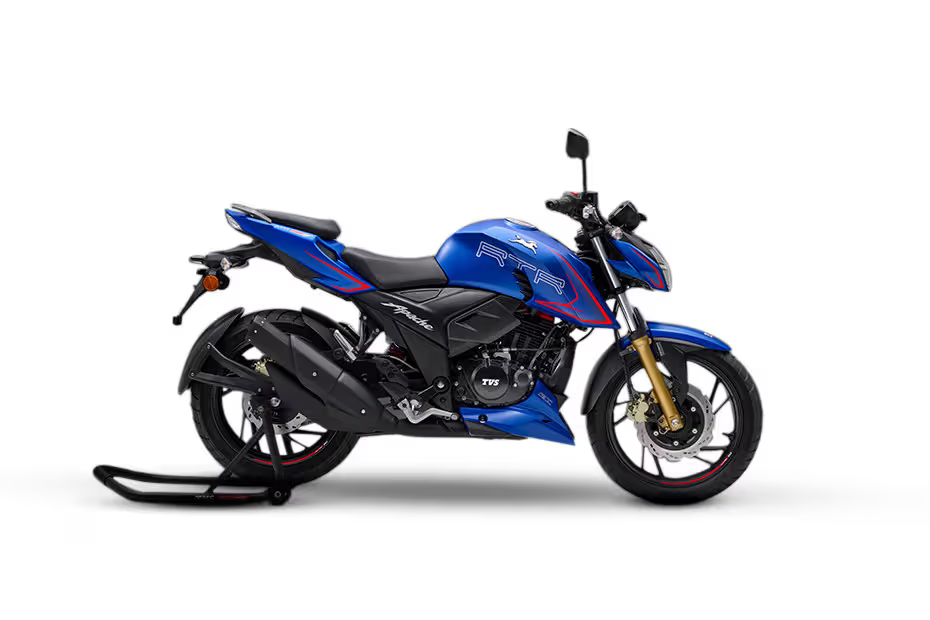
One of India’s most versatile bikes under ₹2 lakh, the Apache RTR 200 4V blends performance with comfort. Its 197.75cc engine with race-tuned FI tech delivers 20.82 PS and 17.25 Nm of torque.
Long-Ride Features: Dual-channel ABS, Glide Through Technology (GTT), Showa front forks, radial tires, and a well-padded single-piece seat make this ideal for mixed roads.
Mileage: 40–45 kmpl
On-Road Price (2025): ₹1.65–1.70 lakh approx.
Pros:
- Excellent throttle response
- GTT helps in city touring
- Bluetooth-enabled digital console
Cons:
- Vibes at higher revs
- Smaller fuel tank (12L)
Why It’s Built for Distance: Great ergonomics and suspension tuning let you cruise on varied terrain while keeping fatigue at bay.
3. Honda Unicorn 160 – Mature Engine, All-Day Comfort
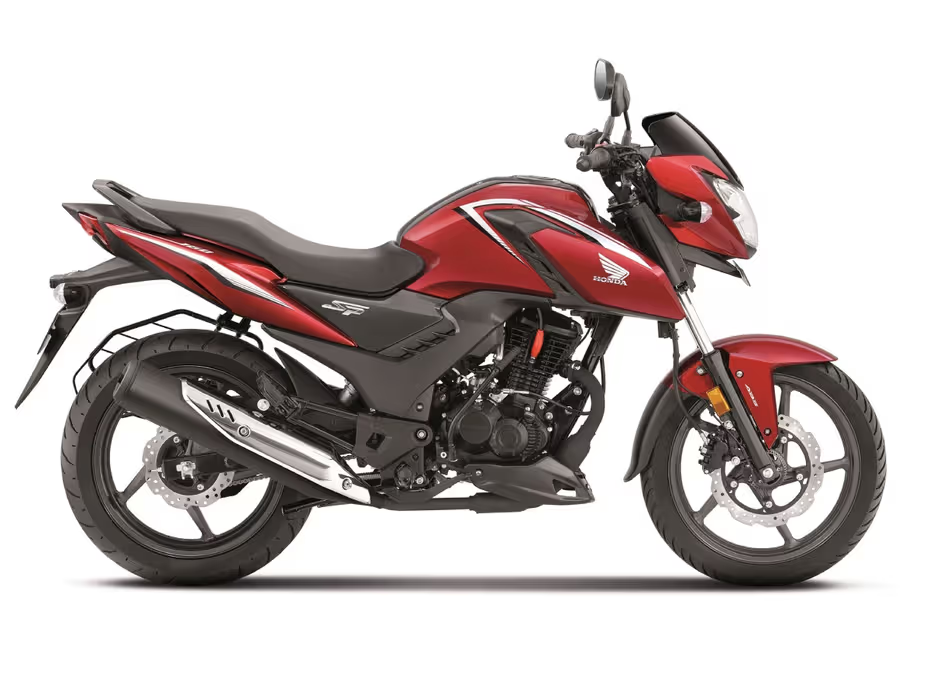
A classic choice for seasoned riders, the Honda Unicorn 160 offers durability, reliability, and comfort in one package. The 162.7cc engine produces 12.91 PS and is tuned for smooth power delivery.
Long-Ride Features: Large seat, mono-shock, strong low-end torque, and superior engine refinement.
Mileage: 50–55 kmpl (real-world)
On-Road Price (2025): ₹1.35–1.40 lakh approx.
Pros:
- Low-end torque suits long rides
- Legendary Honda refinement
- Long-lasting engine
Cons:
- Plain looks
- Basic instrument cluster
Why It’s Built for Distance: It’s one of the few sub-₹1.5 lakh bikes that handles 100+ km daily rides with zero stress on the rider.
Also Read: 6 Best Sports Bike Under 2 Lakh in India For 2025 With On-road Price (Fast & Affordable Picks)
4. Yamaha FZ-S FI V4 – Light and Efficient All-Rounder
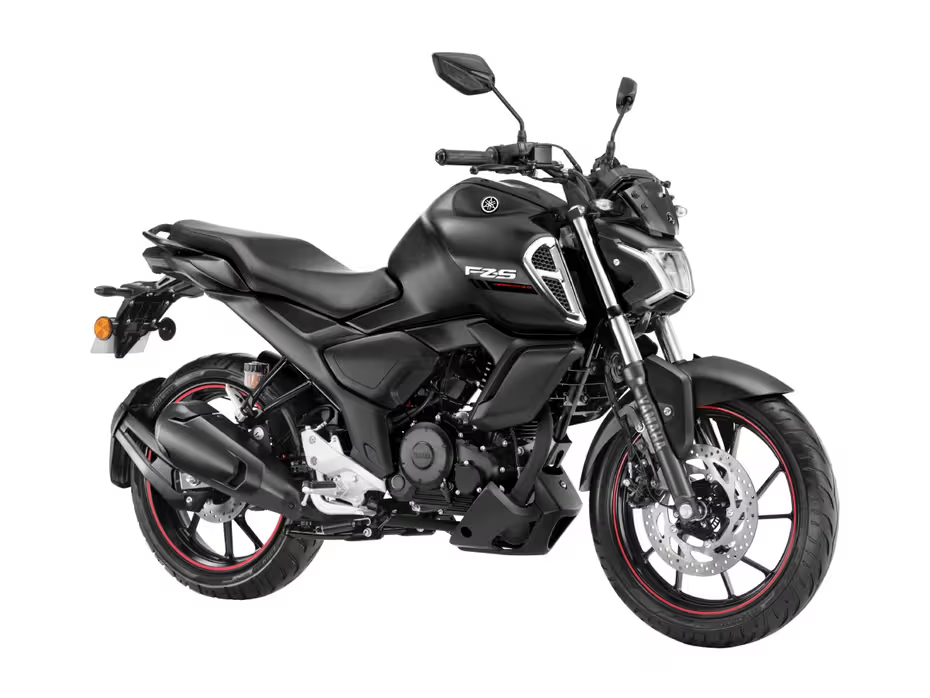
A favorite among young tourers, the FZ-S FI V4 offers urban agility with weekend touring potential. The 149cc fuel-injected engine offers smooth acceleration and a refined ride quality.
Long-Ride Features: New LED projector headlight, Bluetooth connectivity, single-channel ABS, mid-range torque tuning, and a cushioned seat.
Mileage: 48–52 kmpl
On-Road Price (2025): ₹1.40–1.45 lakh approx.
Pros:
- Excellent engine smoothness
- Great handling and brakes
- Practical, stylish design
Cons:
- Modest power output (12.4 PS)
- Best for solo riders
Why It’s Built for Distance: Lightweight + fuel economy + upright ergonomics make it a go-to for frequent 100–300 km trips.
5. Hero Xtreme 160R 4V – Lightweight Performance Tourer

Hero’s bold 160cc machine has earned its place as a lightweight long-ride contender. The updated 4V engine puts out 16.9 PS, making it one of the punchiest in its class.
Long-Ride Features: Digital cluster, LED lighting, mono-shock suspension, 12L tank, and USB charging port (in some variants).
Mileage: 50–55 kmpl (real-world)
On-Road Price (2025): ₹1.35–1.45 lakh approx.
Pros:
- Excellent power-to-weight ratio
- Comfy for medium rides
- Good braking setup
Cons:
- Smaller fuel tank
- Wind protection is minimal
Why It’s Built for Distance: Fast, flickable, and frugal—great for riders looking to travel light but far.
6. Suzuki Gixxer 250 (Base Trim) – Touring-Ready Performer
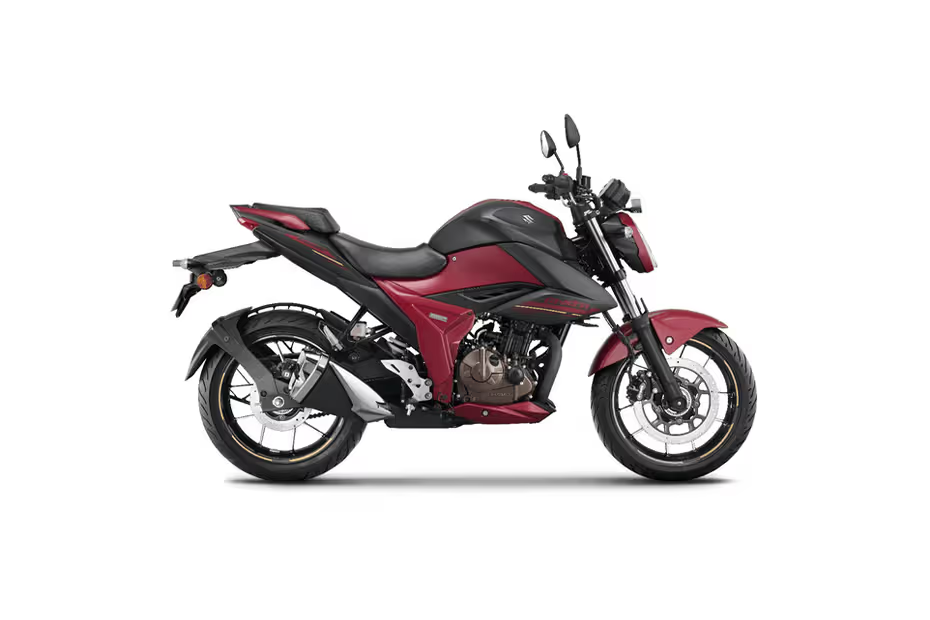
Though slightly above ₹2 lakh in some cities, the base trim of the Suzuki Gixxer 250 makes the cut with discounts or offers. The 249cc oil-cooled engine churns out 26.5 PS—perfect for smooth highway cruising.
Long-Ride Features: LED headlamp, dual-channel ABS, split seat, wide tires, and refined powerband.
Mileage: 35–40 kmpl
On-Road Price (2025): ₹1.98–2.05 lakh approx.
Pros:
- Very refined and punchy engine
- High-speed comfort
- Premium build quality
Cons:
- Higher price
- Slightly stiff ride
Why It’s Built for Distance: A premium option under ₹2 lakh that feels like a proper tourer with long legs.
7. Bajaj Avenger Street 160 – Cruiser for Relaxed Highway Journeys
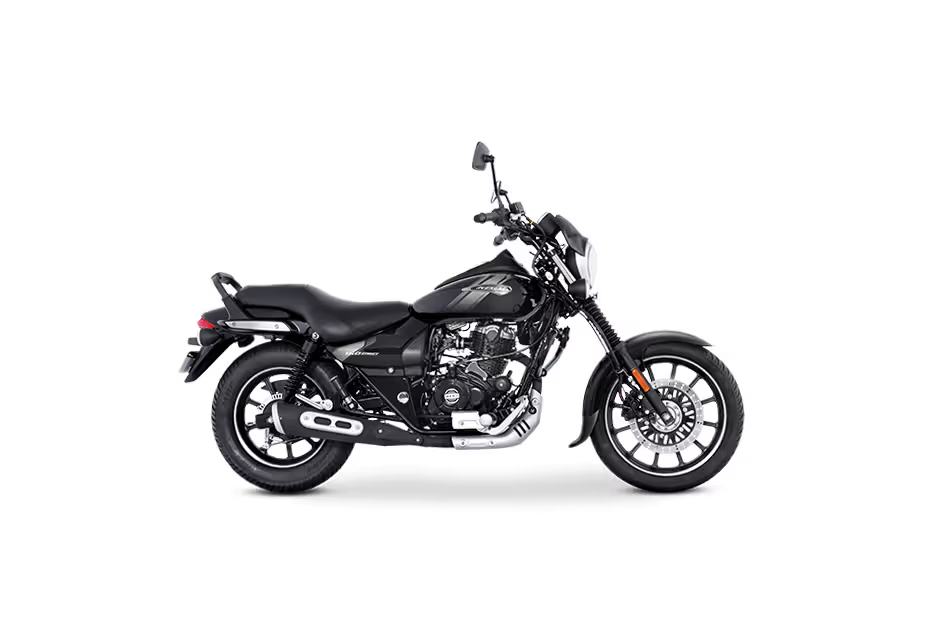
Designed with long-distance comfort in mind, the Avenger Street 160 is India’s most affordable cruiser. Its 160cc DTS-i engine delivers 15 PS with a laid-back riding style.
Long-Ride Features: Low-slung seat, forward-set footpegs, long wheelbase, wide handlebars, and a large 13L tank.
Mileage: 45–50 kmpl
On-Road Price (2025): ₹1.38–1.43 lakh approx.
Pros:
- Cruiser comfort at low cost
- Low seat height
- Good mileage for a cruiser
Cons:
- Limited cornering clearance
- Slightly dated design
Why It’s Built for Distance: Perfect for those who like a relaxed pace and unmatched comfort without breaking the bank.
What Makes a Great Long-Distance Bike?
When it comes to long-distance riding, comfort and consistency are everything. A great touring bike needs to balance multiple qualities: from a refined engine that runs smoothly even after 200 km of continuous riding, to a stable chassis that handles highway speeds with confidence.
Mileage plays a huge role, too. Bikes that offer 50–60 kmpl are ideal, helping you keep fuel costs in check during extended trips. But just as important is a larger fuel tank capacity—anything above 12 liters is a plus, reducing your need for frequent fuel stops in remote areas.
Comfort is critical for fatigue-free rides. Look for bikes with wide, cushy seats, upright handlebars, good suspension (preferably mono-shock rear), and reduced engine vibrations, especially at 70–90 km/h cruising speeds. Add-ons like gear position indicators, wind deflectors or small visors, and LED headlights go a long way in enhancing touring practicality.
On the safety side, features like dual-channel ABS, grippy tyres, and high-speed stability become essential, especially when you’re cornering on ghats or braking suddenly in traffic. Some bikes even offer Bluetooth connectivity or navigation support, a bonus for tech-savvy riders.
In short, the Best Bikes for Long Distance Rides under ₹2 lakh must be fuel-efficient, stable, comfortable, and smartly equipped, proving that you don’t need a Himalayan or Versys to explore India’s highways in 2025.
Budget Touring: Real Costs of a Long Ride
Let’s break down the economics of touring. Suppose you’re planning a 1000 km round trip—say, Mumbai to Goa and back. With petrol prices hovering around ₹110/litre in 2025, fuel costs can vary dramatically depending on the bike’s efficiency.
Bike A: 60 kmpl average
1000 ÷ 60 = ~16.67 litres
16.67 × ₹110 = ₹1,833
Bike B: 40 kmpl average
1000 ÷ 40 = 25 litres
25 × ₹110 = ₹2,750
That’s a ₹917 saving in a single trip with a high-mileage bike. Multiply that across 3–4 rides a year, and the annual savings alone can fund your service costs, riding gear, or another short trip!
It’s not just about fuel either. Bikes under ₹2 lakh often have lower insurance premiums, cheaper parts, and less complex maintenance needs, compared to ₹3–4 lakh adventure tourers. Unless you’re riding more than 10,000–12,000 km annually or need rugged off-road capability, budget tourers offer maximum return on investment.
Many of these affordable bikes also handle mild trails, poor roads, and loaded saddlebags surprisingly well. So unless you’re crossing Ladakh every year, spending wisely on a capable sub-2 lakh machine is a strategic choice for smart riders in 2025.
Rider Comfort Essentials: Ergonomics That Matter
When you’re clocking hundreds of kilometers on the saddle, comfort isn’t a luxury—it’s a necessity. At the heart of this lies the handlebar-seat-footpeg triangle—the ergonomic sweet spot that determines how relaxed or cramped your riding position feels. For long-distance touring, an upright posture with slightly raised handlebars and mid-set footpegs minimizes wrist pressure, knee strain, and back fatigue.
A comfortable seat can make or break your ride. Look for bikes with well-cushioned, wide seats that support your hips for hours without discomfort. Add in a well-tuned suspension system—especially a preload-adjustable rear monoshock or telescopic forks—and your ride instantly becomes smoother over potholes, gravel, or uneven terrain.
Fatigue reduction is another key reason to prioritize ergonomics. With the right seat height and bar reach, your arms and legs maintain natural angles, promoting blood circulation and reducing joint stress. This translates to fewer breaks, better concentration, and longer highway stints without exhaustion.
For college riders or budget adventurers, comfort doesn’t have to cost a fortune. Many budget bikes like the TVS Apache RTR 160 4V or Hero Xtreme 160R 4V offer surprisingly good ergonomics and plush seats right from the factory. Bottom line: a relaxed riding posture equals better control, safety, and stamina, whether you’re on city roads or national highways.
Fuel Economy vs. Power: Finding Your Balance
When picking a touring-friendly bike, the balance between power and fuel economy is where the magic lies. While it’s tempting to chase high horsepower figures, what really matters for long rides is usable torque, cruising comfort, and consistent mileage.
Think of it like this: a bike delivering 40–50 kmpl while producing 11–15 Nm of torque is a golden middle ground. It ensures your wallet doesn’t burn at every fuel stop and gives enough grunt to overtake or climb mild inclines without downshifting every few seconds.
Too much power without mileage efficiency turns into a budget-buster for college riders and weekend tourers. Instead of chasing top speeds of 130+ km/h, focus on a motorcycle that feels stable and stress-free at 80–90 km/h—the ideal cruising zone for most Indian highways.
Bikes like the TVS Raider 125, Bajaj Pulsar N160, or Honda SP 125 offer well-optimized engines that deliver excellent fuel economy without feeling underpowered. Look for a wide torque spread across low and mid RPMs. This lets you ride in higher gears even at lower speeds—saving fuel and reducing engine strain.
In short, the best touring machine is one that keeps both your mileage meter and adrenaline levels satisfied, without emptying your fuel tank too quickly.
Touring Mods on a Budget
You don’t need to spend a fortune to make your commuter bike tour-ready. With a few affordable touring modifications, you can transform your 125–160cc motorcycle into a practical mile-muncher.
Start with the essentials:
- A mobile holder with a charging port helps with GPS and music.
- Luggage racks or saddle stays make carrying bags easier and safer.
- A visor extension reduces windblast and helmet noise—essential for highway riding.
Next, consider budget upgrades for rider comfort and safety:
- Add a gel or memory foam seat cushion to minimize saddle soreness.
- Auxiliary LED lights increase night visibility—important for those early morning or post-sunset stretches.
- Upgrade to tubeless tires for better puncture resistance and easier roadside fixes.
Safety gear doesn’t have to be expensive either. Brands like Axor, Rynox, and Vega offer great helmets, jackets, and gloves at entry-level prices. You can assemble a basic touring gear kit (helmet, gloves, riding jacket) for under ₹7,000—a small investment for long-term comfort and protection.
Even on a tight student budget, these small changes can drastically improve your ride’s touring potential—making weekend getaways safer, smoother, and a lot more enjoyable.
FAQs: Best Bikes for Long Distance Rides
Q1. Which is the best mileage bike for long-distance under ₹2 lakh?
The Honda Unicorn 160 stands out as the best mileage-focused long-distance bike under ₹2 lakh. It delivers a real-world mileage of around 55–60 kmpl with a refined engine that’s ideal for highway cruising. It combines fuel efficiency with low maintenance costs and rider comfort, making it a smart pick for budget-conscious tourers.
Q2. Are 160cc bikes reliable for highway riding?
Yes, modern 160cc motorcycles like the TVS Apache RTR 160 4V or Hero Xtreme 160R 4V are very capable of sustained highway speeds. With efficient engines, strong chassis, and improved gearboxes, they can handle 80–90 km/h cruising comfortably while offering better fuel economy and lower initial cost compared to higher displacement bikes.
Q3. How to increase comfort on long rides with budget bikes?
To boost comfort on long rides, consider:
- Adding a gel seat or seat cover for cushioning
- Wearing padded riding gear for posture support
- Maintaining correct tire pressure
- Adjusting handlebar risers (if compatible)
- Taking regular breaks every 100–120 km to reduce fatigue
Simple ergonomic tweaks can transform your budget bike into a tour-friendly ride.
Q4. What are the must-checks before a long ride?
Always inspect:
- Tyre condition and pressure
- Chain tension and lubrication
- Oil and coolant levels
- Brake pads and fluid
- Lights, indicators, and horn
Also carry a small tool kit, air pump, and first aid kit. Ensuring these checks reduces the risk of mechanical issues mid-ride.
Q5. Can a 250cc bike give good mileage for touring?
Yes, especially refined options like the Suzuki Gixxer 250, which can deliver up to 35–38 kmpl on highways when ridden steadily. While they may not match 125–160cc bikes on mileage, 250cc machines offer better power, comfort, and high-speed stability, making them excellent for touring, especially for riders prioritizing performance over fuel economy.
Conclusion: Affordable Touring Starts Here
Long-distance riding is no longer just a dream reserved for premium motorcycle owners. Thanks to a new generation of budget-friendly, efficient, and comfortable motorcycles, Indian riders can now explore highways and mountain passes on a budget, without compromising on reliability or experience.
The Best Bikes for Long Distance Rides under ₹2 lakh in India 2025 offer the perfect mix of power, mileage, and ergonomics. From cruisers like the Bajaj Avenger Street 160 to refined commuters like the Honda Unicorn and the versatile Suzuki Gixxer 250, there’s a long-distance performer for every kind of rider and route.
Whether you’re planning weekend getaways, interstate commutes, or spontaneous road trips, these bikes deliver impressive highway performance while keeping fuel and maintenance costs in check. Most importantly, they make touring accessible, especially for younger riders or those upgrading from city-only motorcycles.
Before making your final decision, always take a test ride. Feel the engine refinement, check seating comfort, assess pillion space if needed, and make sure the bike suits your typical riding range.
Choosing the Best Bikes for Long Distance Rides under ₹2 lakh in India 2025 ensures comfort, mileage, and memorable journeys without breaking the bank. It’s your road to freedom — economical, efficient, and truly yours.

